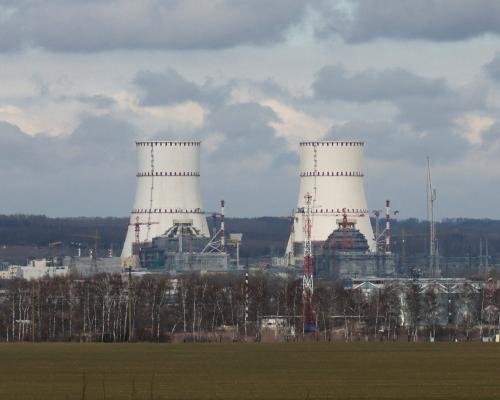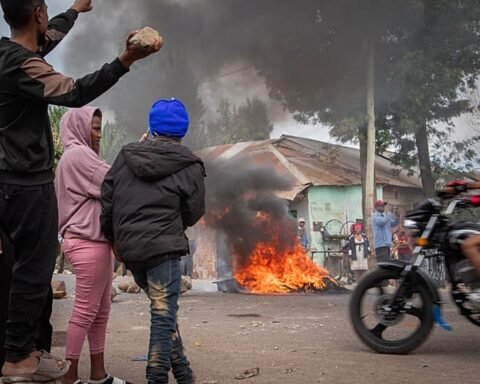Tensions in the war between Russia and Ukraine escalated sharply on Sunday after Moscow accused Kyiv of launching a drone strike against the Kursk Nuclear Power Plant, located just 60 kilometers from the border.
The attack coincided with Ukraine’s 34th Independence Day, intensifying an already volatile atmosphere across the region.
According to Russian officials, the strike caused a fire and damaged a transformer that supports Reactor No. 3 at the Kursk facility. The incident temporarily reduced the plant’s operating capacity by half, though emergency teams swiftly extinguished the flames. Authorities confirmed that no injuries were reported and that radiation levels remained stable.
Alexander Khinshtein, acting governor of the Kursk region, described the attack as “a direct threat to nuclear safety” and a violation of international treaties governing the protection of civilian infrastructure. His comments underscored growing global fears that nuclear plants could become flashpoints in the ongoing conflict.
The International Atomic Energy Agency (IAEA) sought to reassure the public, stating that its monitoring confirmed normal radiation levels around the facility. “Continuous surveillance verifies no abnormal increase in radiation near the Kursk plant,” the agency noted on its official channels.
This was not an isolated strike. Russian authorities reported that nearly 100 Ukrainian drones targeted infrastructure across the country overnight, including a massive fuel terminal in Ust-Luga. That facility, critical for Russian energy exports, was engulfed in flames after debris from intercepted drones ignited storage tanks. Air defense units claimed they intercepted the majority of incoming drones, but several managed to hit their targets.
For Ukraine, the timing of the strikes carried symbolic weight. On Independence Day, Kyiv showcased its ability to project force deep into Russian territory, a reminder that Moscow’s war effort remains vulnerable despite its extensive defenses. Analysts say the attacks highlight a growing reliance on unmanned aerial systems, which have become decisive tools in modern warfare.
The Kursk incident also revived global concerns about nuclear safety in conflict zones. Since the start of the invasion in 2022, both sides have traded accusations over shelling near the Zaporizhzhia Nuclear Power Plant, the largest in Europe, which remains under Russian control. Experts warn that repeated attacks on or near nuclear facilities, whether intentional or accidental, increase the risk of catastrophic consequences.
For now, operations at Kursk have been partially restored, with two reactors continuing to run without generating electricity and one undergoing scheduled maintenance. Russian officials maintain that security has been reinforced, while international observers continue to monitor developments closely.







